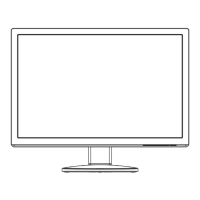
Do you have a question about the LG Flatron W2242T and is the answer not in the manual?
| Screen Size | 22 inches |
|---|---|
| Resolution | 1680 x 1050 |
| Aspect Ratio | 16:10 |
| Panel Type | TN |
| Brightness | 300 cd/m² |
| Contrast Ratio | 1000:1 |
| Response Time | 5 ms |
| Viewing Angle (Horizontal) | 170° |
| Viewing Angle (Vertical) | 160° |
| Input Connectors | D-Sub, DVI-D |
| Power Consumption (Standby) | 1 W |
Details of the Thin Film Transistor Color LCD Module, including active display area and pixel pitch.
Specifications for viewing angle, luminance, and contrast ratio.
Sync signal type, video input signal details, and frequency ranges.
Supported analog and digital display resolutions.
Power adapter input and power consumption by mode.
Recommended temperature and humidity ranges for operation.
Width, depth, and height of the monitor with tilt.
Net and gross weight specifications.
Importance of specific safety components and original parts for preventing hazards.
Precautions for mounting, pressing, scratching, and grounding the LCD module.
Warnings about high voltage, especially with inverter circuits.
Recommendation to use plastic screwdrivers to prevent shock during service.
Standard procedures for unplugging, testing, and cleaning during service.
Techniques to prevent damage to sensitive electronic components from static electricity.
Guidelines for proper soldering iron use, solder type, and cleaning.
Methods for removing and replacing Integrated Circuits, transistors, and diodes.
Steps for replacing fuses and conventional resistors.
Techniques for repairing damaged copper traces on printed circuit boards using jumper wires.
Detailed table of horizontal and vertical timing specifications for various display modes.
Illustrated guide on how to take apart the monitor unit.
Overview of the main functional blocks and interconnections.
Explanation of the Video Controller, Power, and MICOM parts.
Block diagram and description of the power supply board (LIPS).
Procedure for configuring the system to run adjustment utilities.
Instructions for reading and writing Extended Display Identification Data.
Steps to enter the special service On-Screen Display menu.
Diagram illustrating the correct cable connections for service operations.
Diagnostic steps for a monitor that does not power on.
Steps to diagnose lack of display on the LIPS power board.
Steps to diagnose lack of display on the main board.
Diagnostic steps for issues related to the Display Power Management (DPM) function.
Schematic showing internal cable connections between components.
Visual representation of how the monitor is assembled.
List of part numbers and descriptions corresponding to the exploded view.
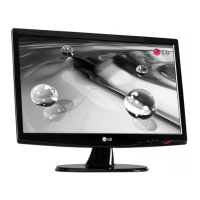
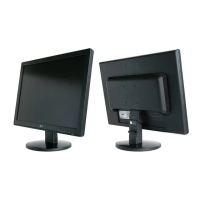
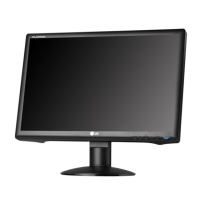
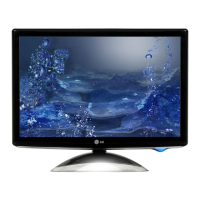

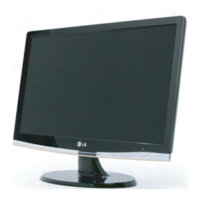

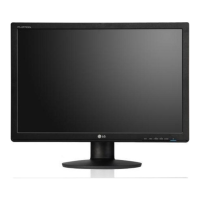
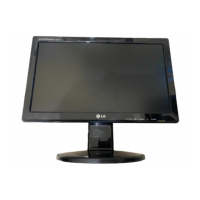
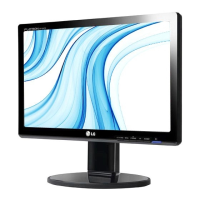
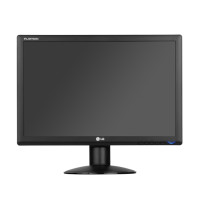

